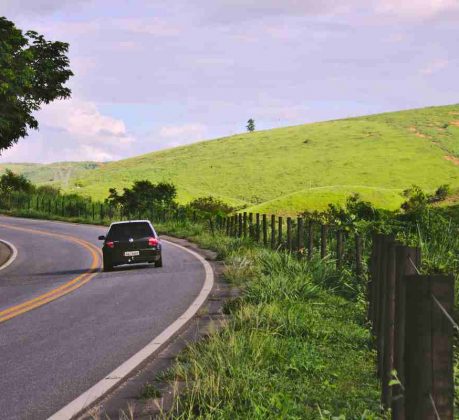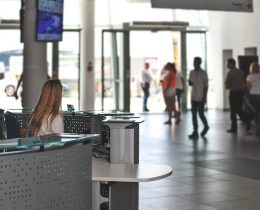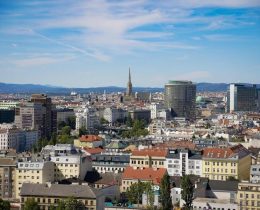Letnji odmor je za većinu građana Srbije sinonim za putovanje ka toplijim krajevima, a Grčka i Crna Gora ostaju među najomiljenijim destinacijama...
Putujete kolima u Grčku ili Crnu Goru – ovo morate znati pre polaska

Letnji odmor je za većinu građana Srbije sinonim za putovanje ka toplijim krajevima, a Grčka i Crna Gora ostaju među najomiljenijim destinacijama...





U zavisnosti od toga gde idete i koliko dugo ostajete na putu, liste pakovanja se mogu razlikovati i prilagođavati. Međutim, uz pametno isplaniran putni pribor svako...